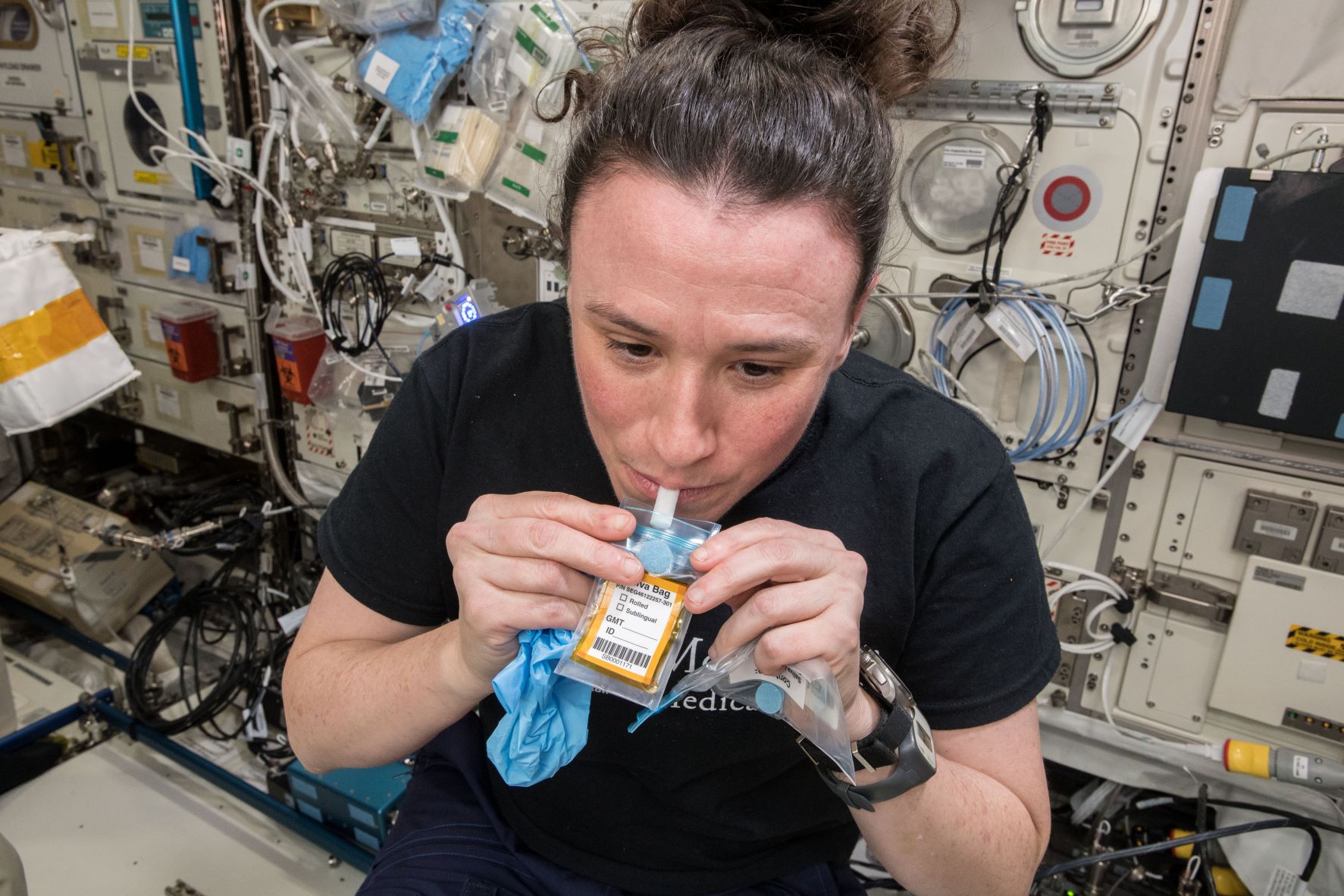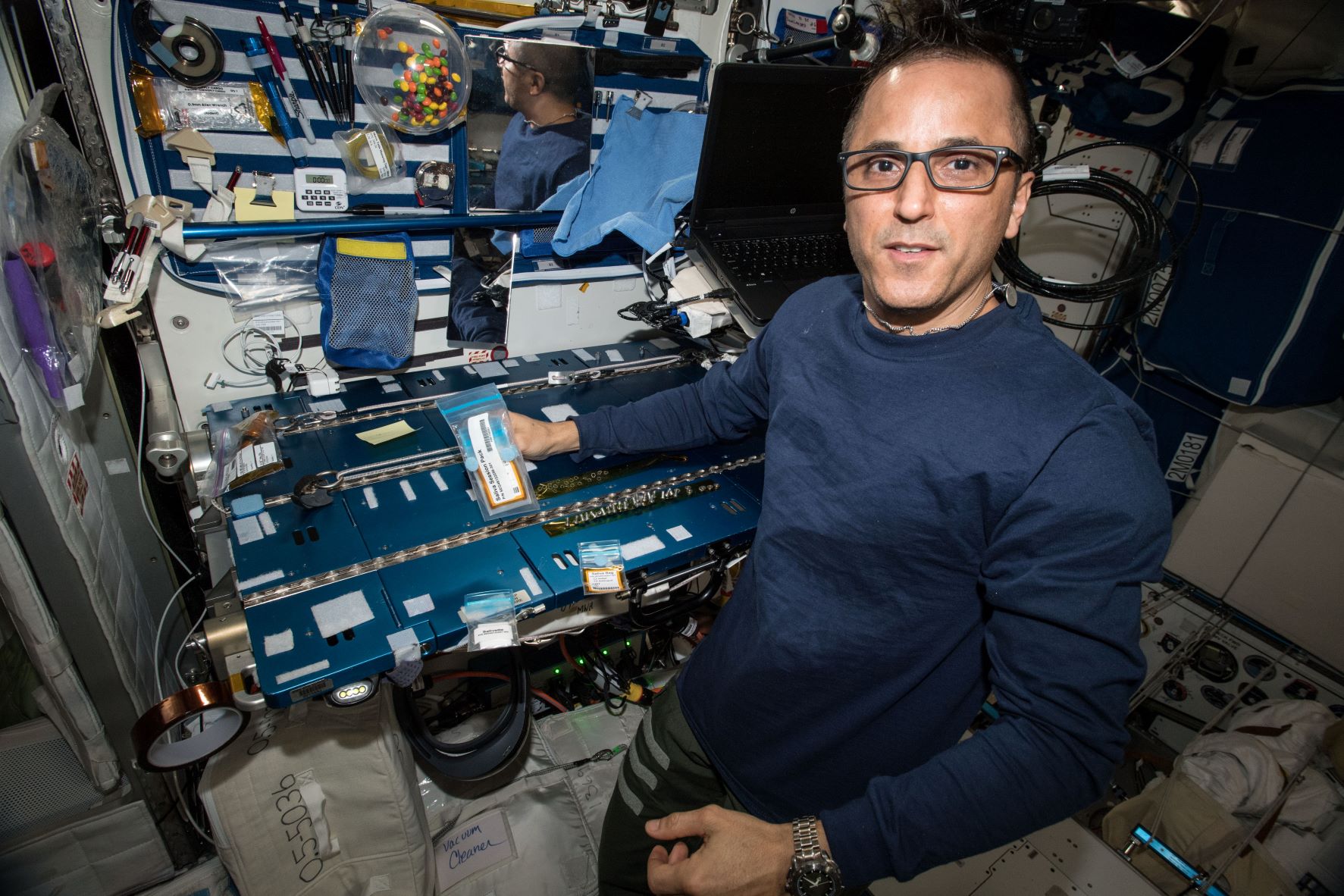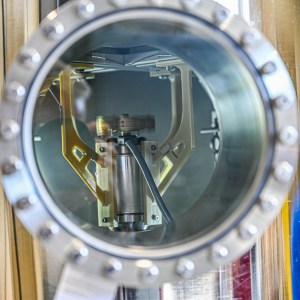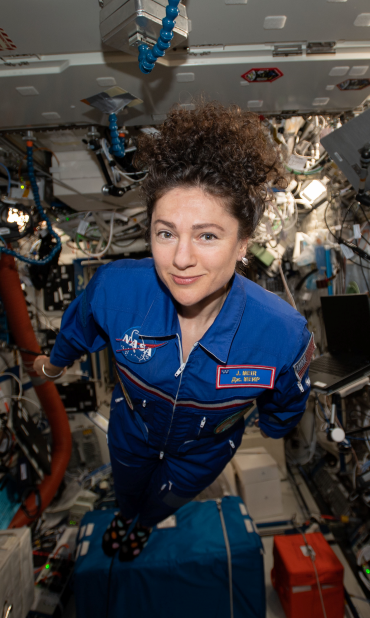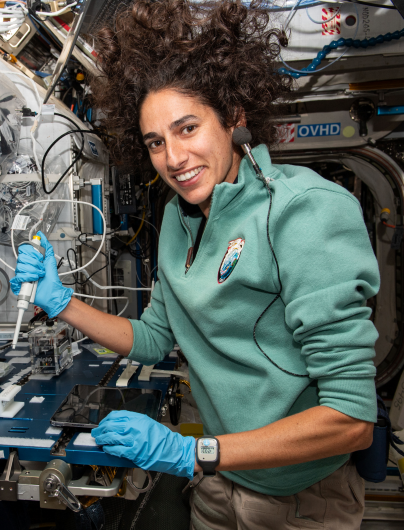On Earth, a human body with a properly functioning immune system will work to overcome an infection. But in space, that same immune system will have to work a bit harder to overcome the same infection. In the isolated environment of the International Space Station, many factors — physiological stress, disrupted circadian rhythms, radiation, microgravity, and other spaceflight factors — can alter an astronaut’s immune response.
As NASA prepares astronauts to head to the Moon and Mars, scientists tasked with ensuring astronaut safety want to know: How will long-duration spaceflight missions change immune responses, and will these changes be significant enough to influence crew health risks and mission success?
To learn more, NASA’s Human Research Program, or HRP, consults Dr. Brian Crucian, lead scientist for the agency’s immunology research. Building on previous studies, Crucian is now overseeing an investigation into the specific biological pathways through which the immune system reacts during spaceflight.
“The immune system isn’t immune to the changes astronauts undergo in space,” noted Crucian. “So we really want to know the clinical risks for exploration-class, deep-space missions. And once we know these risks, we can help develop strategies to lessen them.”
The immune system is a network of hormones, cells, and organs that protects our bodies from microbes and other pathogens that can make us ill. It also regulates and coordinates with many of the body’s other systems. Space, however, can throw this network off balance. For example, previous studies suggest that in some astronauts, white blood cells — the cells that fight off infection — aren’t always as efficient in protecting the body as they are on Earth. This can cause inactive viruses we carry in our bodies, such as the virus that causes shingles, to reawaken in astronauts. An astronaut experiencing a reactivation of a latent virus could become sick and potentially pass that live virus to other crew members.
“Generally, astronauts exhibit minor or no symptoms from latent virus reactivation,” Crucian added. “But we don’t know what could happen as missions stretch into deep space, where all the stressors increase, and our ability to provide care will be harder. We – the flight surgeons and biomedical scientists – want to be prepared.”
Consequently, Crucian and his team are examining blood, saliva, and urine samples provided by astronauts. Since 2016, they’ve scrutinized samples from 10 astronauts before, during, and after spaceflight. These astronauts were each on the space station for an average of six months.
“In the past, we only had access to post-flight blood samples,” Crucian said. “They showed us some interesting changes to the immune system, but we didn’t know if these changes were due to the stresses of landing and re-adaptation.” Now, however, researchers can receive room-temperature blood samples from the station within 37 hours.
The sample-delivery process for blood works like this: Astronauts collect their blood samples right before the undocking of a returning cargo ship that transports supplies to and from the space station. The blood is transported in an insulated and cushioned package that protects it from the forces of landing. Once the cargo ship lands, blood samples are flown to Crucian and his team for analysis. Urine and saliva samples are also collected during flight and returned to Earth.
The researchers examine the samples for markers of immune system health. For example, blood samples contain a particular class of proteins called cytokines, which help regulate immune responses. Specific stress hormones found in urine reveal how hard the immune system is working at a given moment. Viruses, if reactivated, can be found in saliva and urine samples. The abundance of viruses, hormones, cytokines, and other indicators found in different samples can help the team piece together how the strength of the tested astronaut’s immune system varies through time.
To better understand how the immune system changes in space, the researchers also recruited a ground-based control group that had never been exposed to the stresses of spaceflight. While astronauts were in space, 10 civilians of the same age and gender as the astronauts provided blood, urine, and saliva samples for six months. These samples offer a baseline level for immune responses, which are now being compared with immune responses from the astronauts. The investigation is expected to finish by the end of 2021.
Results of the study will help determine whether certain countermeasures, such as immune boosters, will be needed on missions to the Moon and Mars. On Earth, techniques used in the study could help monitor immune responses in cancer patients and others with compromised immune systems.
______
NASA’s Human Research Program, or HRP, pursues the best methods and technologies to support safe, productive human space travel. Through science conducted in laboratories, ground-based analogs, and the International Space Station, HRP scrutinizes how spaceflight affects human bodies and behaviors. Such research drives HRP’s quest to innovate ways that keep astronauts healthy and mission-ready as space travel expands to the Moon, Mars, and beyond.



























